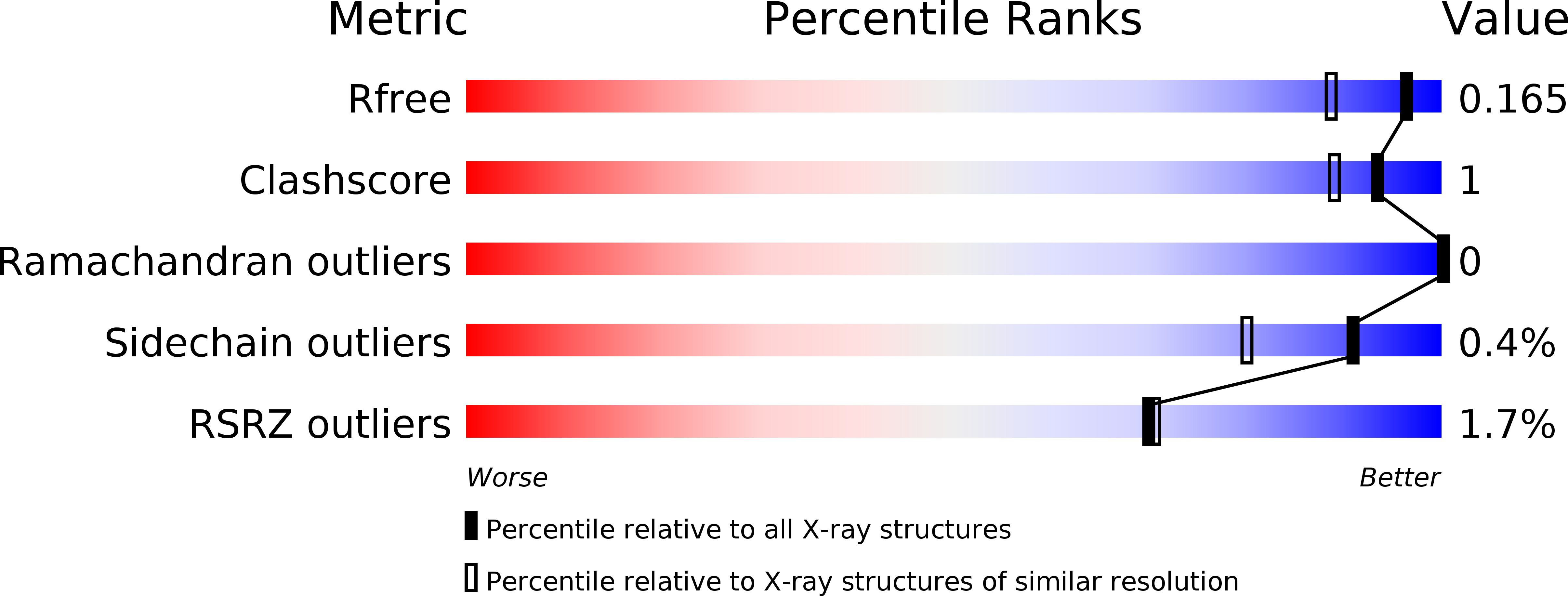
Deposition Date
2018-04-16
Release Date
2019-04-24
Last Version Date
2024-11-13
Entry Detail
PDB ID:
6GBW
Keywords:
Title:
Thrombin in complex with MI2100 ((S)-N-(2-(aminomethyl)-5-chlorobenzyl)-1-((benzylsulfonyl)-L-arginyl)pyrrolidine-2-carboxamide)
Biological Source:
Source Organism:
Hirudo medicinalis (Taxon ID: 6421)
Homo sapiens (Taxon ID: 9606)
Homo sapiens (Taxon ID: 9606)
Method Details:
Experimental Method:
Resolution:
1.45 Å
R-Value Free:
0.16
R-Value Work:
0.13
R-Value Observed:
0.13
Space Group:
C 1 2 1


